Products Category
- FM Transmitter
- 0-50w 50w-1000w 2kw-10kw 10kw+
- TV Transmitter
- 0-50w 50-1kw 2kw-10kw
- FM Antenna
- TV Antenna
- Antenna Accessory
- Cable Connector Power Splitter Dummy Load
- RF Transistor
- Power Supply
- Audio Equipments
- DTV Front End Equipment
- Link System
- STL system Microwave Link system
- FM Radio
- Power Meter
- Other Products
- Special for Coronavirus
Products Tags
Fmuser Sites
- es.fmuser.net
- it.fmuser.net
- fr.fmuser.net
- de.fmuser.net
- af.fmuser.net ->Afrikaans
- sq.fmuser.net ->Albanian
- ar.fmuser.net ->Arabic
- hy.fmuser.net ->Armenian
- az.fmuser.net ->Azerbaijani
- eu.fmuser.net ->Basque
- be.fmuser.net ->Belarusian
- bg.fmuser.net ->Bulgarian
- ca.fmuser.net ->Catalan
- zh-CN.fmuser.net ->Chinese (Simplified)
- zh-TW.fmuser.net ->Chinese (Traditional)
- hr.fmuser.net ->Croatian
- cs.fmuser.net ->Czech
- da.fmuser.net ->Danish
- nl.fmuser.net ->Dutch
- et.fmuser.net ->Estonian
- tl.fmuser.net ->Filipino
- fi.fmuser.net ->Finnish
- fr.fmuser.net ->French
- gl.fmuser.net ->Galician
- ka.fmuser.net ->Georgian
- de.fmuser.net ->German
- el.fmuser.net ->Greek
- ht.fmuser.net ->Haitian Creole
- iw.fmuser.net ->Hebrew
- hi.fmuser.net ->Hindi
- hu.fmuser.net ->Hungarian
- is.fmuser.net ->Icelandic
- id.fmuser.net ->Indonesian
- ga.fmuser.net ->Irish
- it.fmuser.net ->Italian
- ja.fmuser.net ->Japanese
- ko.fmuser.net ->Korean
- lv.fmuser.net ->Latvian
- lt.fmuser.net ->Lithuanian
- mk.fmuser.net ->Macedonian
- ms.fmuser.net ->Malay
- mt.fmuser.net ->Maltese
- no.fmuser.net ->Norwegian
- fa.fmuser.net ->Persian
- pl.fmuser.net ->Polish
- pt.fmuser.net ->Portuguese
- ro.fmuser.net ->Romanian
- ru.fmuser.net ->Russian
- sr.fmuser.net ->Serbian
- sk.fmuser.net ->Slovak
- sl.fmuser.net ->Slovenian
- es.fmuser.net ->Spanish
- sw.fmuser.net ->Swahili
- sv.fmuser.net ->Swedish
- th.fmuser.net ->Thai
- tr.fmuser.net ->Turkish
- uk.fmuser.net ->Ukrainian
- ur.fmuser.net ->Urdu
- vi.fmuser.net ->Vietnamese
- cy.fmuser.net ->Welsh
- yi.fmuser.net ->Yiddish
-
What is a Transmitter Station?
Transmitter StationHere at Highland we use repeaters, or transmitter stations, to send out radio signals on two-ways. This is how our Wide Area Network functions. These stations receive and send radio waves, and can increase the distance that these waves
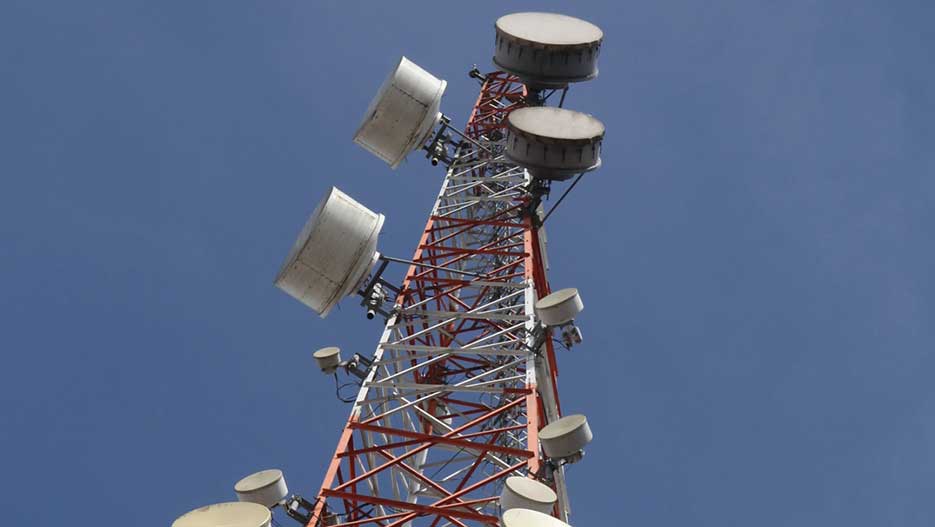 Posted on:05-27 View:30
Posted on:05-27 View:30 -
Diagnosing Common Problems With Two Way Radios
Common problems with two way radios If one of your radio systems start giving you problems it can be a total pain and hold up communication. Thankfully, there are a number of simple solutions for many radio problems you might be currently experiencin
 Posted on:05-27 View:14
Posted on:05-27 View:14 -
The Importance Of A Two Way Radio During A Disaster
Two Way Radio During a DisasterIf a disaster strikes are you prepared to react? How do you plan to keep communication lines open if cell phone lines become overburdened, or Internet goes down? Anyone that works as a member of a professional first-respond
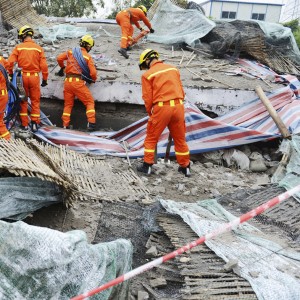 Posted on:05-27 View:14
Posted on:05-27 View:14 -
What is The Future of Radio Communication?
The Future of Radio CommunicationRadio systems include a vast history, having been used in almost every industry at some point in time. Henirich Hertz was the German physicist responsible for originally proving one could wirelessly send and receive electr
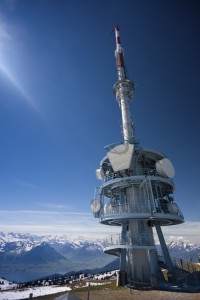 Posted on:05-27 View:13
Posted on:05-27 View:13 -
What Makes a Good Two-Way Radio
Two Way Radio ReviewsThere are different reasons you might want to use a two-way radio, for either personal or business use. Depending on your needs the best two-way radio option for you will differ. There are a few things to look for when deciding
 Posted on:05-27 View:15
Posted on:05-27 View:15 -
The Most Popular Two Way Radio Accessories
So you’ve got your business all set up with a two way radio system that everyone appreciates and enjoys. Now you might be wondering if there are any accessories that can further enhance the benefits offered by radio communication. In fact, there are many different acce
 Posted on:05-27 View:20
Posted on:05-27 View:20 -
What 2 Way Radios Can Do For You
You may recall playing with walkie-talkies as a kid; a pair of black inexpensive walkie-talkies allows more than one kid to have hours of fun. But if these old school walkie-talkies are what you think about when you hear ‘2 way radios,’ think again.
 Posted on:05-26 View:22
Posted on:05-26 View:22 -
UHF VS VHF
UHF vs VHFWhen using two-way radios, signals are typically transmitted via VHF (30 MHz to 300 MHz) or UHF (300 MHz to 3,000 MHz) waves on the radio spectrum. There are pros and cons to each. In some instances it is better to use radios set to the VHF frequencies, and in others the UHF
 Posted on:05-26 View:31
Posted on:05-26 View:31 -
Key Figures in Radio Technology History
Radio History FiguresThere were many key influences that helped the radio evolve into what it is today. We’ve already talked about how originally the radio was used only in simplex mode, and messages were simply transmitted via Morse Code, to recipients. There
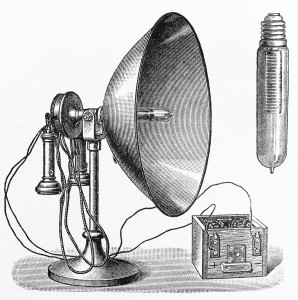 Posted on:05-26 View:30
Posted on:05-26 View:30 -
Radio Waves Explained
Radio Waves Explained Radio Waves With all this talk of radios, walkie-ta
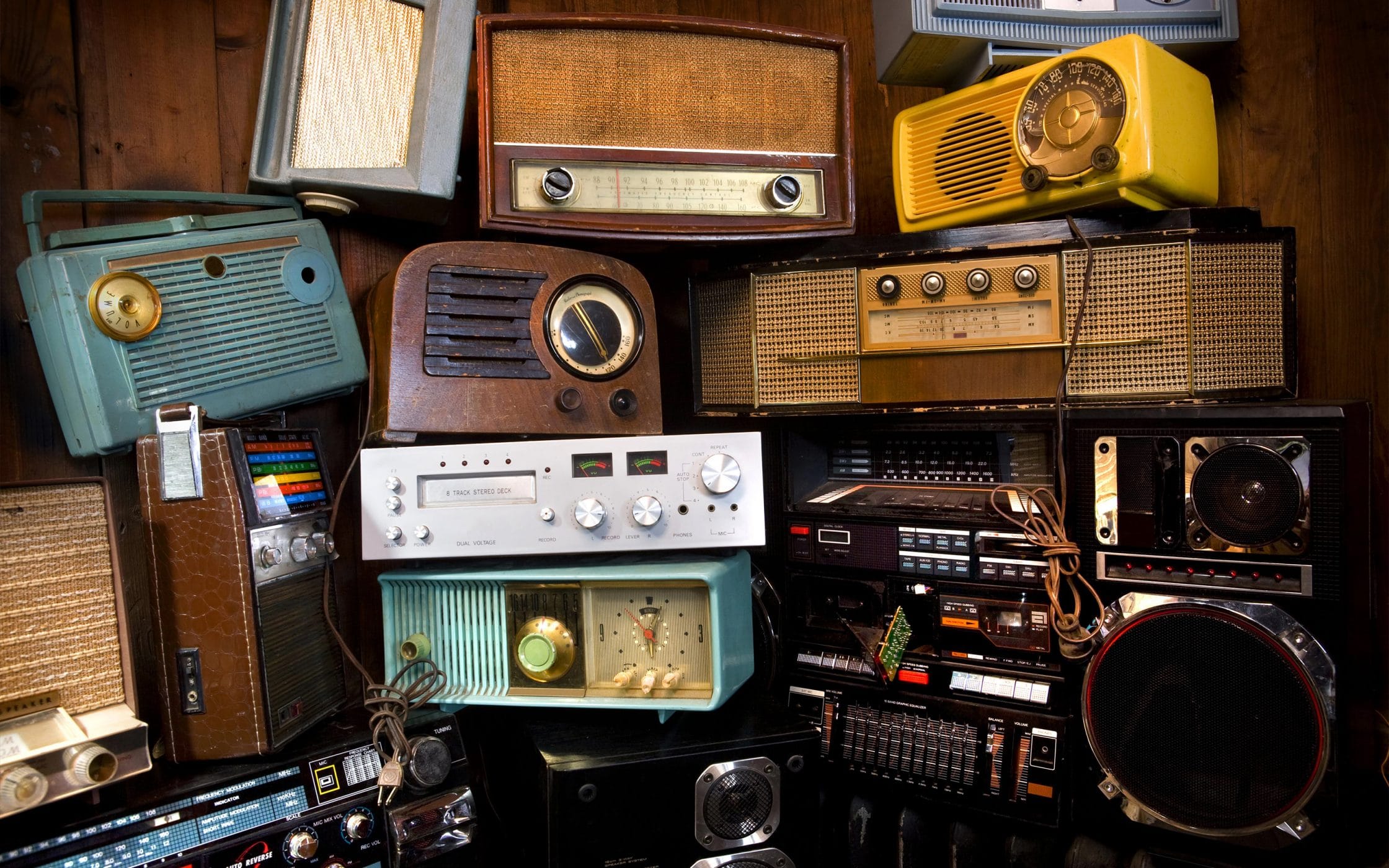 Posted on:05-26 View:64
Posted on:05-26 View:64





